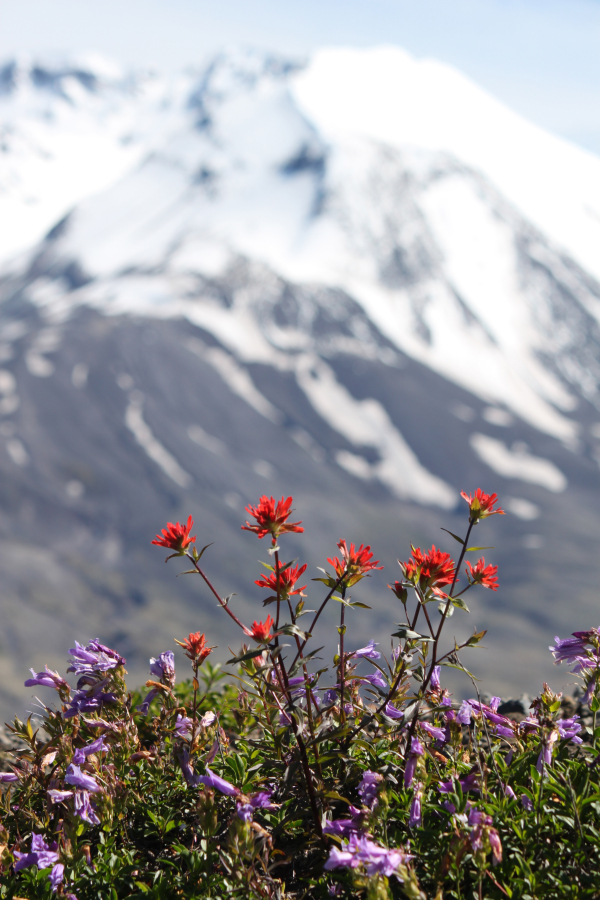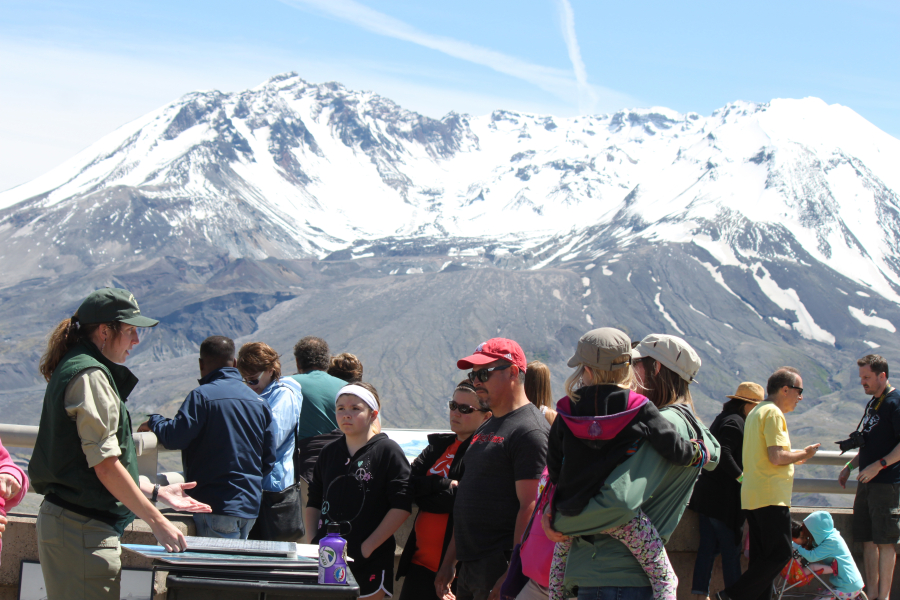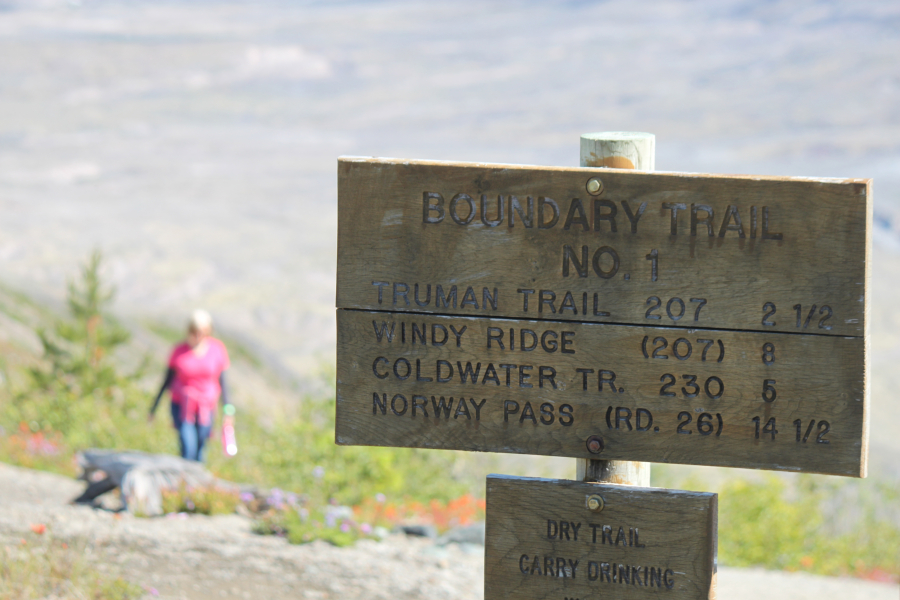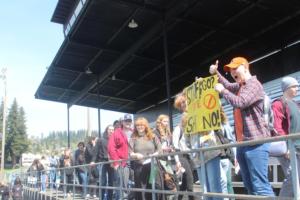On March 15, 1980, Mt. St. Helens began waking up after being asleep for more than 130 years.
Two months later, at 8:32 a.m., on May 18, a 5.1 magnitude earthquake triggered the volcano to blast 1,314 feet of rock from its top, destroying everything within its reach. The earthquake caused the north face of the mountain to collapse in an avalanche, followed by a lateral explosion which ripped through the mountainside.
The eruption swept away 200 homes, 27 bridges, 185 miles of highway, and 15 miles of railway. It took the lives of 57 people, and also killed 7,000 big game animals such as elk, deer and bear; it destroyed all birds and small animals within the blast zone.
In the more than 35 years that have passed since the tragedy, the area has undergone great biological and geological change. In 1982, the President and Congress created the 110,000-acre National Volcanic Monument for research, recreation and education. It offers visitor centers, newly constructed roads and bridges guiding curious onlookers to observatories to within 5 miles of the base of the mountain.
Featuring some of the most spectacular views of the lava dome and glacier, as well as detailed exhibits, the Johnston Ridge Observatory is named after Volcanologist David Johnston, who was camped out on this ridge observing the volcano when Mount St. Helens erupted.






